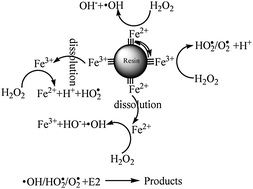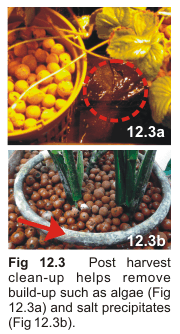Papa
Supporter
- 2,474
- 163
i need a little help from our chemistry gurus.
i'm curious about how i would go about utilizing Fenton's reagent to disinfect a dwc system.
i have 30% H2O2.
i was looking at this for the iron sulfate:
will it work alright?
i'm wondering if i could use muriatic acid to lower the pH (which i have) or if it's better to use sulfuric acid?
now, after i have the proper chemicals, what amount of hydrogen peroxide and iron sulfate should i use per 100 gallons of water?
i found this paper interesting:
http://digitalcommons.unl.edu/cgi/viewcontent.cgi?article=1152&context=usepapapers
but i know that e.coli is relatively easy to kill compared to other things we may be after in a system, so any knowledgable recommendations regarding dosages would be much appreciated.
i'm curious about how i would go about utilizing Fenton's reagent to disinfect a dwc system.
i have 30% H2O2.
i was looking at this for the iron sulfate:
will it work alright?
i'm wondering if i could use muriatic acid to lower the pH (which i have) or if it's better to use sulfuric acid?
now, after i have the proper chemicals, what amount of hydrogen peroxide and iron sulfate should i use per 100 gallons of water?
i found this paper interesting:
http://digitalcommons.unl.edu/cgi/viewcontent.cgi?article=1152&context=usepapapers
but i know that e.coli is relatively easy to kill compared to other things we may be after in a system, so any knowledgable recommendations regarding dosages would be much appreciated.








